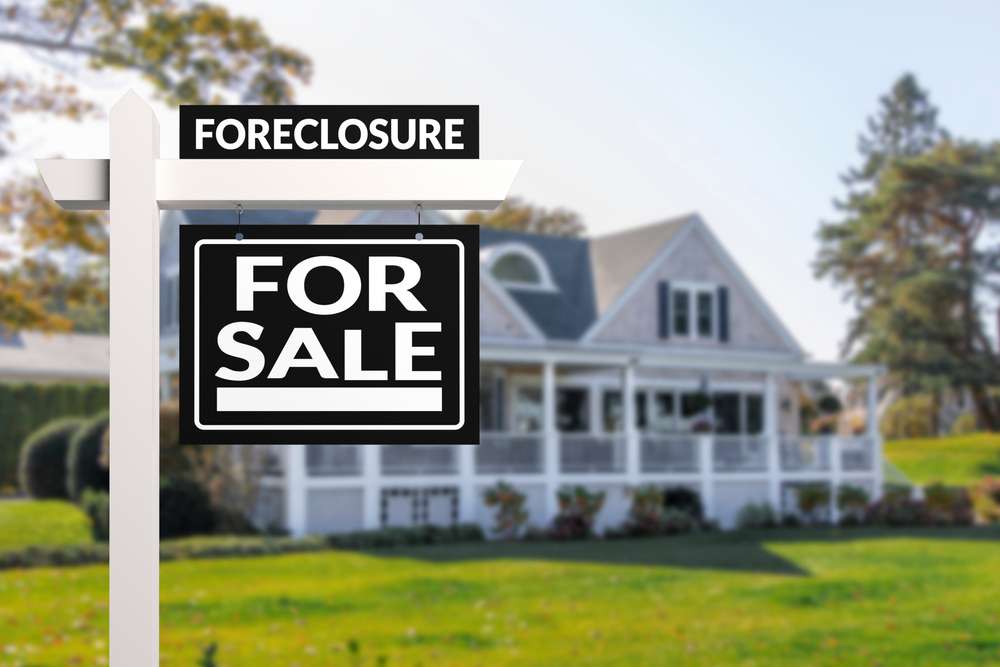The Resurgence of Multi-Generational Living: An Emerging Trend in Real Estate
The world of real estate is always evolving, with new trends emerging and old ones resurging. One such trend is the resurgence of multi-generational living. This approach to housing, which involves multiple generations of a family living under one roof, is gaining traction worldwide. But why is it gaining popularity, and what implications does it hold for the real estate markets? Let's delve into this unique trend.

The Backstory: A Historical Perspective
Before the boom of nuclear families and single-family homes, multi-generational living was the norm. However, socio-economic changes and urban development pushed families towards individual households. Today, the tables are turning again. The rising cost of living, soaring real estate prices, and changing family dynamics are driving families to reconsider multi-generational living. This shift is having a profound impact on the real estate market.
The Trend: A Closer Look at Multi-Generational Living
A combination of economic, social, and demographic factors is fueling the rise of multi-generational living. The escalating costs of healthcare and childcare are driving families to pool resources. Additionally, cultural shifts and increased life expectancy mean that more people are living with elderly parents or adult children. According to a Pew Research Center study, 20% of the U.S. population lived in multi-generational households in 2016, up from 12% in 1980.
The Implication: What It Means for Real Estate
For the real estate market, the rise in multi-generational living demands a shift in focus. Traditional homes designed for nuclear families may not meet the needs of multi-generational households. The demand for homes with separate living quarters, multiple master suites, or accessory dwelling units (ADUs) is growing. Also, the need for flexible spaces that can cater to different generations’ needs is on the rise.
The Upside and Challenges: A Balanced View
While multi-generational living brings several benefits, it also presents challenges. On the positive side, it provides an affordable living option, fosters stronger family bonds, and offers a support system for caregiving. For real estate investors, it opens up a new segment with unique needs and preferences.
However, there are challenges to consider. Zoning laws in some areas may not allow for the construction of ADUs or multiple dwelling units. Privacy concerns and space constraints can also be potential stumbling blocks. Understanding these nuances is crucial for real estate investors and developers looking to tap into this trend.
The Future: Looking Beyond
As the multi-generational living trend continues to gain momentum, it presents an exciting opportunity for the real estate sector. Forward-thinking developers and investors who can recognize this shift and cater to this market’s unique needs stand to gain significantly. However, it’s important to remember that real estate trends are fluid and influenced by a variety of factors. Staying informed and adaptable is key to thriving in this dynamic industry.
In conclusion, the resurgence of multi-generational living is more than a passing trend. It’s a societal shift with far-reaching implications for the real estate market. By understanding its drivers, benefits, and challenges, stakeholders can make informed decisions and capitalize on this emerging opportunity.




